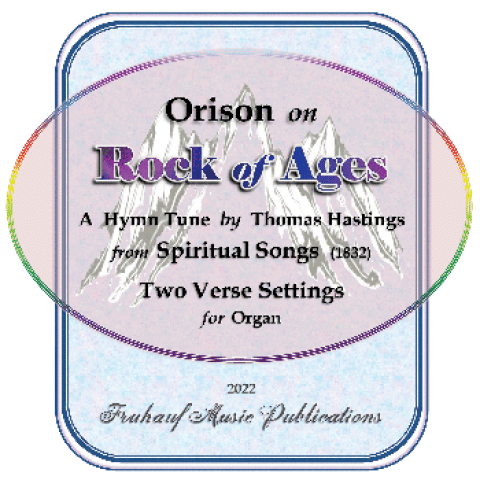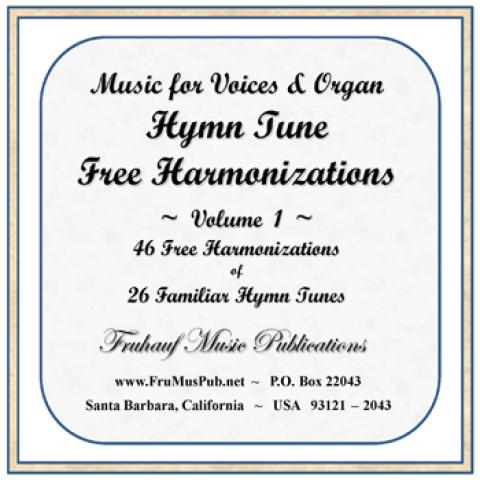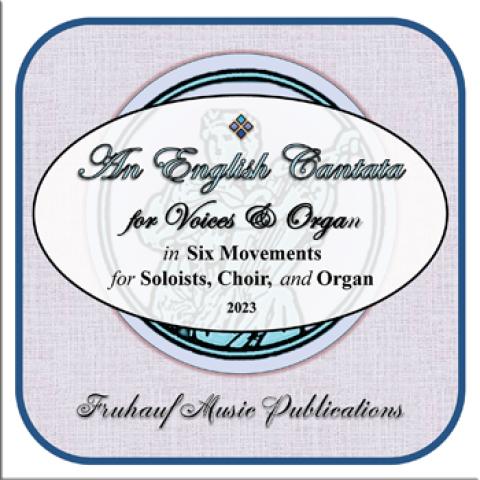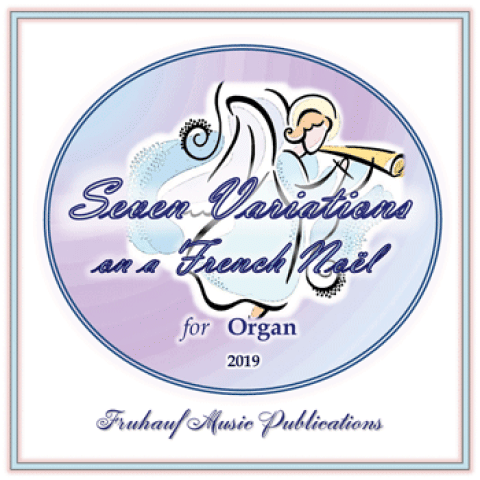
Fruhauf Music Publications announces a new cycle of monthly complimentary publications to run from September 2023 through August 2024, beginning with an edition of Johann Pachelbel’s organ partita on Was Gott tut, das ist wohlgetan, consisting of nine variations with an added coda. October’s offering is a celebratory booklet, A Cranbrook School Music Album, including pictures, extensive notes, and multiple scores featuring ceremonial music arranged for organ and/or carillon. In November four neo-Baroque hymntune settings for organ will be issued—ABERYSTWYTH, LLANGLOFFAN, and two presentations of NUN DANKET ALLE GOTT—followed in December by three Christmas hymntune free harmonizations of PUER NOBIS, QUITTEZ PASTEURS, and MENDELSSOHN.
The year 2024 will be launched with Sing A New Song, a festive cantata in six movements for voices and organ, followed in February by a complete organ accompaniment for Gabriel Fauré’s Requiem. March will feature five contemporary multi-verse hymntune preludes on Danby, Greensleeves, St. Columba, Schmücke dich, and Slane. Scores by Jan Pieterszoon Sweelinck and Jean Baptiste Loeillet will grace April’s postings with Balletto del Granduca and Suite in F Major, both scores for keyboard. In May an organ transcription of César Franck’s “Interlude Symphonique” from the oratorio Rédemption will be issued. June’s offering includes a set of four Spanish Baroque organ compositions: Pasacalles de 1o tono by Juan Bautista José Cabanilles, Cantabile and Paso VII by Narcís Casanoves i Beltrán, and Sonata de 1o tono by José Lidon. July will offer three carillon hymntune settings of Nicaea, Erhalt uns Herr, and Old 100th, followed in August with three 20th- and 21st-century organ hymntune postludes on Duke Street, God Rest You Merry, and Lobe den Herren.
Spring 2024 will mark the twenty-year anniversary of Fruhauf’s startup in 2004, and the May publication will begin year twenty-one.
For further information: frumuspub.net.
Organ Footnotes by WIlma Jensen







